There are many products available that are not originally meant for the aspiring model terrain maker, but nevertheless provide us with the right tools to recreate nature. One of these products is the Golden Crackle Paste. Being an acrylic effect paste that – as the name suggests – cracks during the curing process, it supplies us with the perfect means to depict dried out lakebeds, but also cracked ice or even lava.
In this short review I document the curing process over several days and show two of the terrain pieces I made using the crackle paste, namely a dry lake as well as a frozen lake with cracked surface and a snow-covered tree.

Golden Crackle Paste – Properties
The paste has a very light, fluffy consistency that can be easily spread out on a surface with a spatula. The thicker the application, the deeper the cracks and fissures and the longer it will take for the paste to dry.
Golden does not recommend to add water, retarder or other additives, as this can ruin the effect. I applied the paste on a piece of sealed MDF and smoothed the surface out with a spatula. The thickness of application was 2mm.
- After 12 hours first cracks did show.
- 24 hours later the cracks got bigger and some finer fissures developed.
- 36 hours later the new fissures got wider.
- After 48 hours the curing process was mostly finished. Some of the finer fissures did again increase in size.
The cured paste adheres well to the sealed MDF, but on other materials such as polystyrene it needs a topcoat to fix it in place. I used thinned down acrylic medium, but PVA will do a good job, too. The surface is hard, yet brittle, so top coating is generally speaking a good idea. Even though the paste is fluffy when first applied, it does shrink a fair bit and will thus withstand normal gaming use without problems. The surface can now be painted with acrylic paint and washes to achieve the effect you are after.
The cracking process produces rather big floes and is not very suitable for smaller scales. Here other products provide a better result. Check out the Terranscapes review of a product called Kroma Crackle which produces a texture akin to a mosaic. It is possible to control the cracking to an extend, as a thinner application does seem to produce smaller floes. However, too thin and no cracks show at all. It is a good idea to make some test pieces first and see how the paste behaves on different surfaces. I strongly advise against any unsealed or absorbent surface. Those soak up the paste and result in a thin, flaky layer (check out the Terranscapes clip to see this effect).
What can we do with it?
While it has its limitations I see a number of uses for the Golden Crackle Paste. My first three attempts were a dry lake bed, a lava lake as well as a frozen lake.
All three pieces are fairly simple. Additive use of the crackle paste works for a dry lake bed or a lava lake. A subtractive approach is well suited for a frozen lake: After the paste is dry some floes are removed to reveal water.
Barren trees – the copper wire method
The procedure to make the trees follows more or less the method outlined in my oak tutorial. However, this time the finer ramifications are made of copper wire, not sea moss. They are very flexible and withstand quite a bit of handling. However, if one overdoes it the coating can crack. That said, they won’t rip, as the copper wire is just too strong. This is an advantage in comparison to sea moss. You can also shape the branches to a certain extend. All big trees are magnetised and can be easily removed should there be the need.
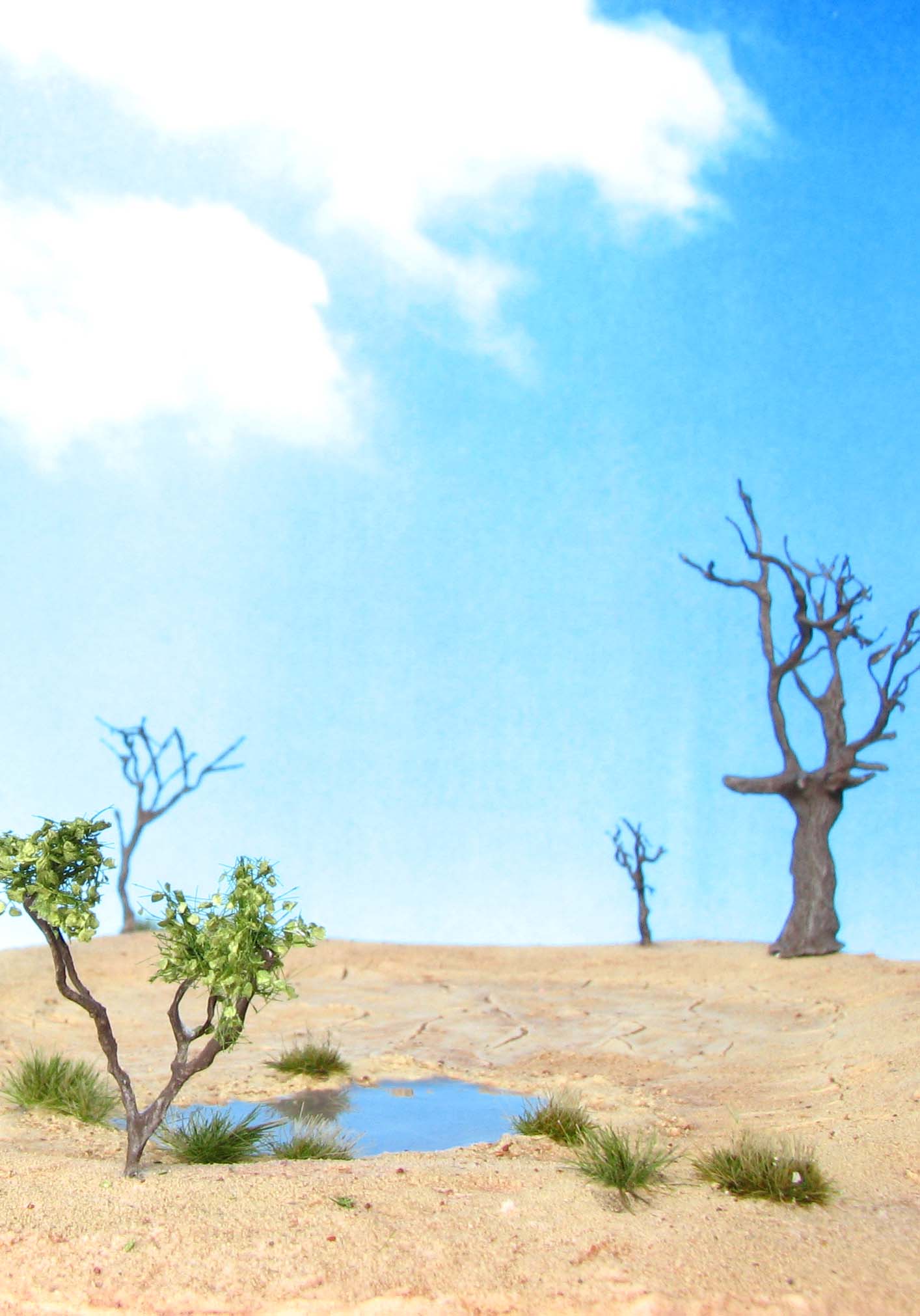
Water holes with murky water
The water effect in the water hole is simply several layers of Liquitex gloss varnish mixed with a brown wash and a hint of grey acrylic paint. You really need to apply several thin layers and make sure to pop any bubbles to get an even surface. The snake in the background is from the trusty Busch Kleintierset. I painted it up as a typical desert snake.
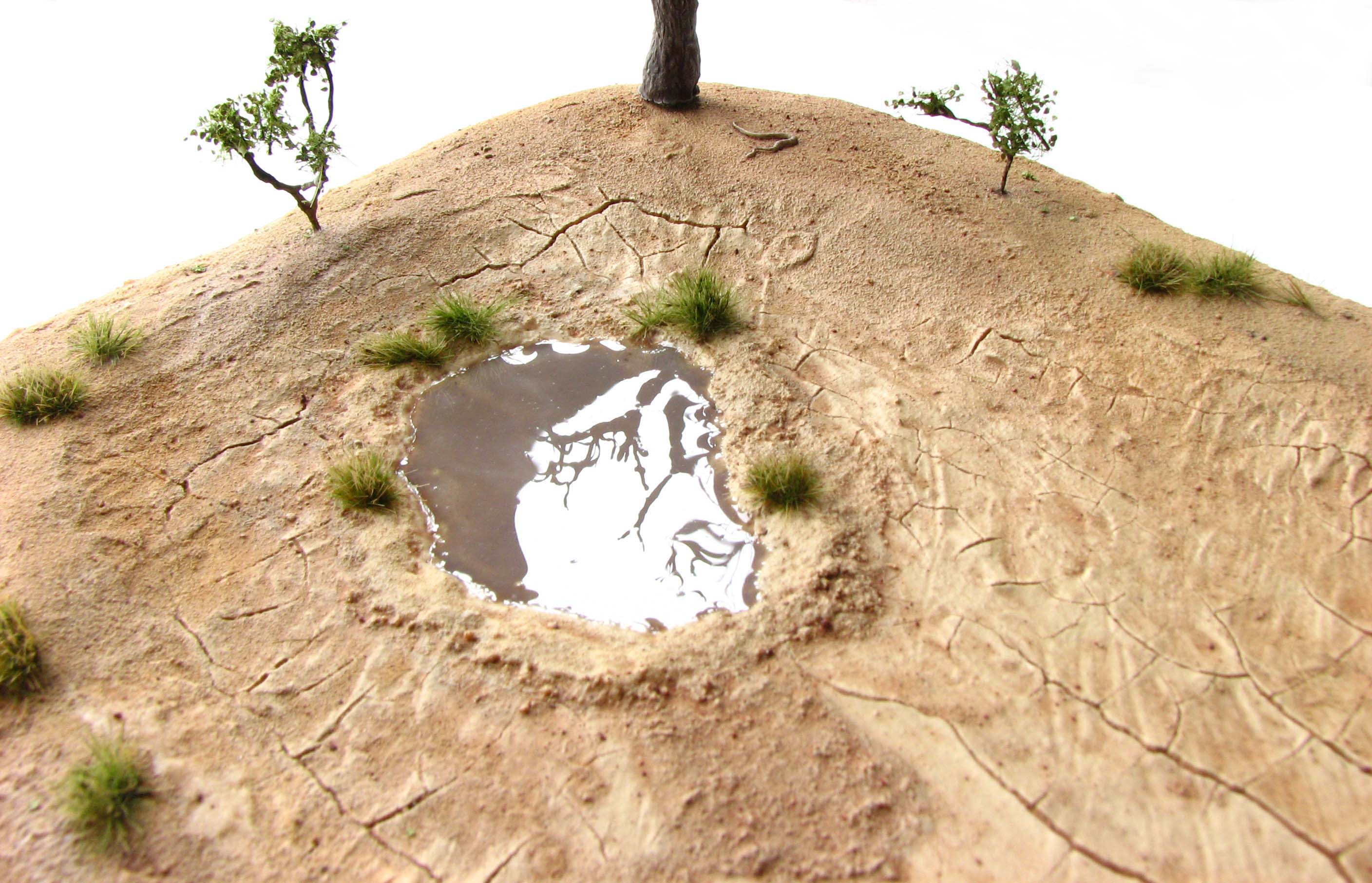
Snow – not so easy
While there are good products available to depict snow, I used the old bicarbonate of soda method. It is of importance that you use a glue or medium that contains no acidic components, as this seems to cause the bicarbonate to yellow over time. If you are worried add some white paint and as a final step seal your work with matte varnish. I mixed the baking soda into some Golden Acrylic Gel Gloss. For the ice floes I used Acrylic Gel Matte, to give the appearance of thick ice, which does not have a strong lustre. After you applied the paste sprinkle some more bicarbonate of soda on top. A very good product for snow effects are so called microballoons, a filler product for resin casting. I sourced a local supplier and will give that product a try, too.
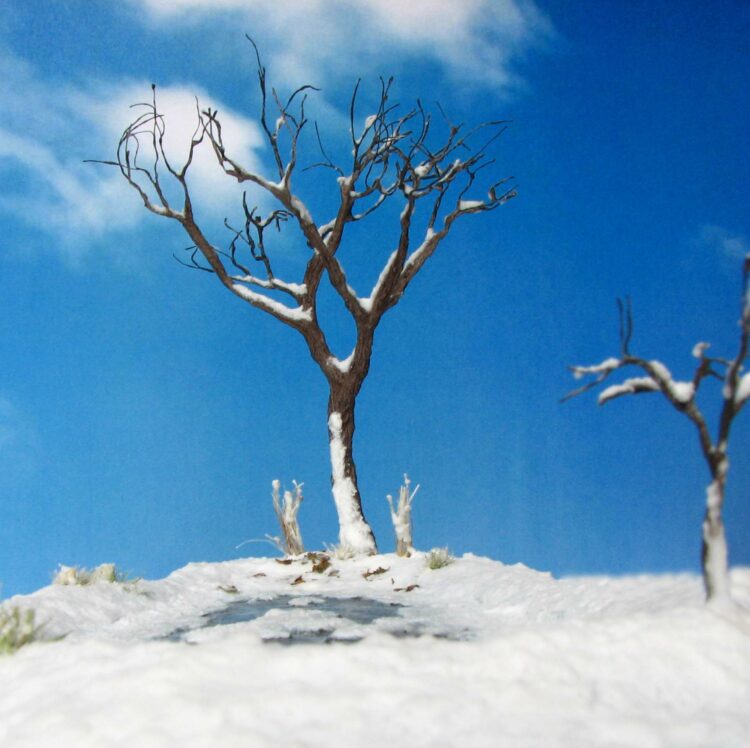
I hope you enjoyed this short review of the Golden Crackle Paste and it inspires you to give it a try yourself. My old friend Khael was not really impressed, but he is a grumpy old dwarf.
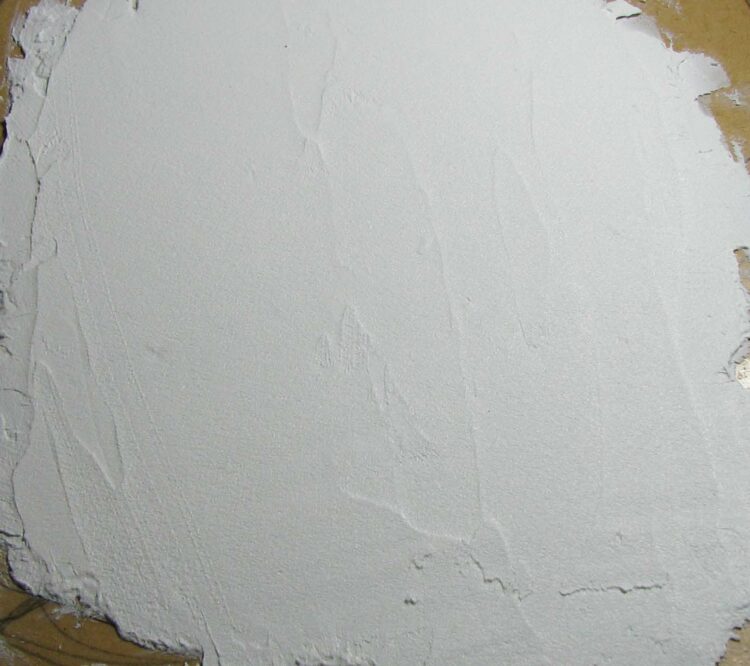

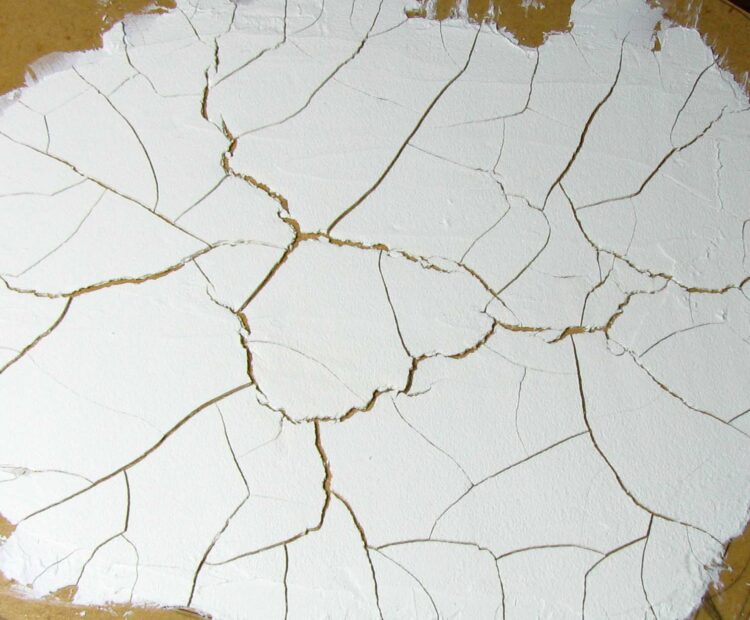
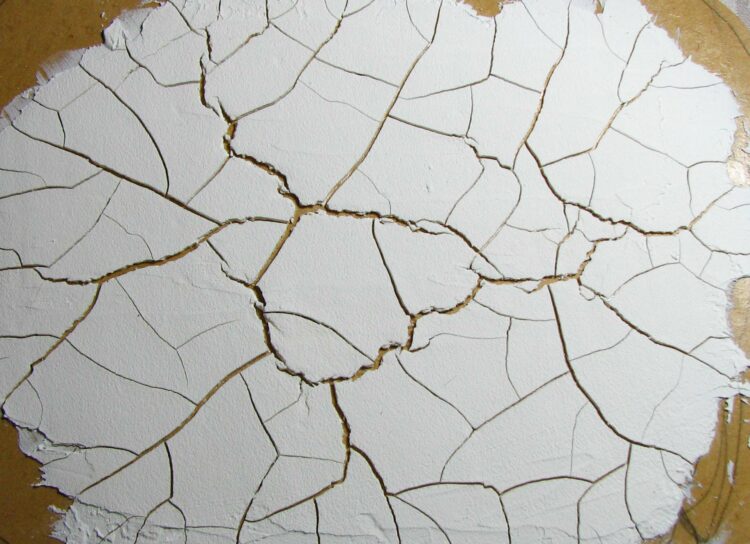
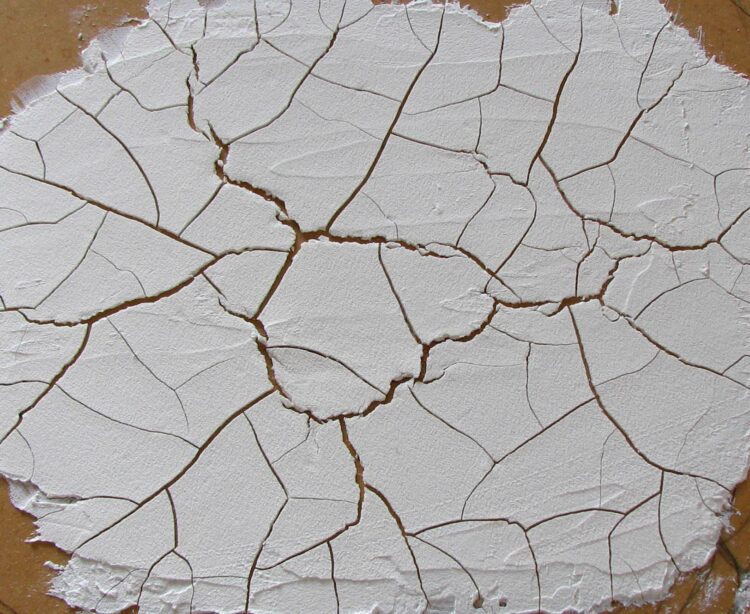
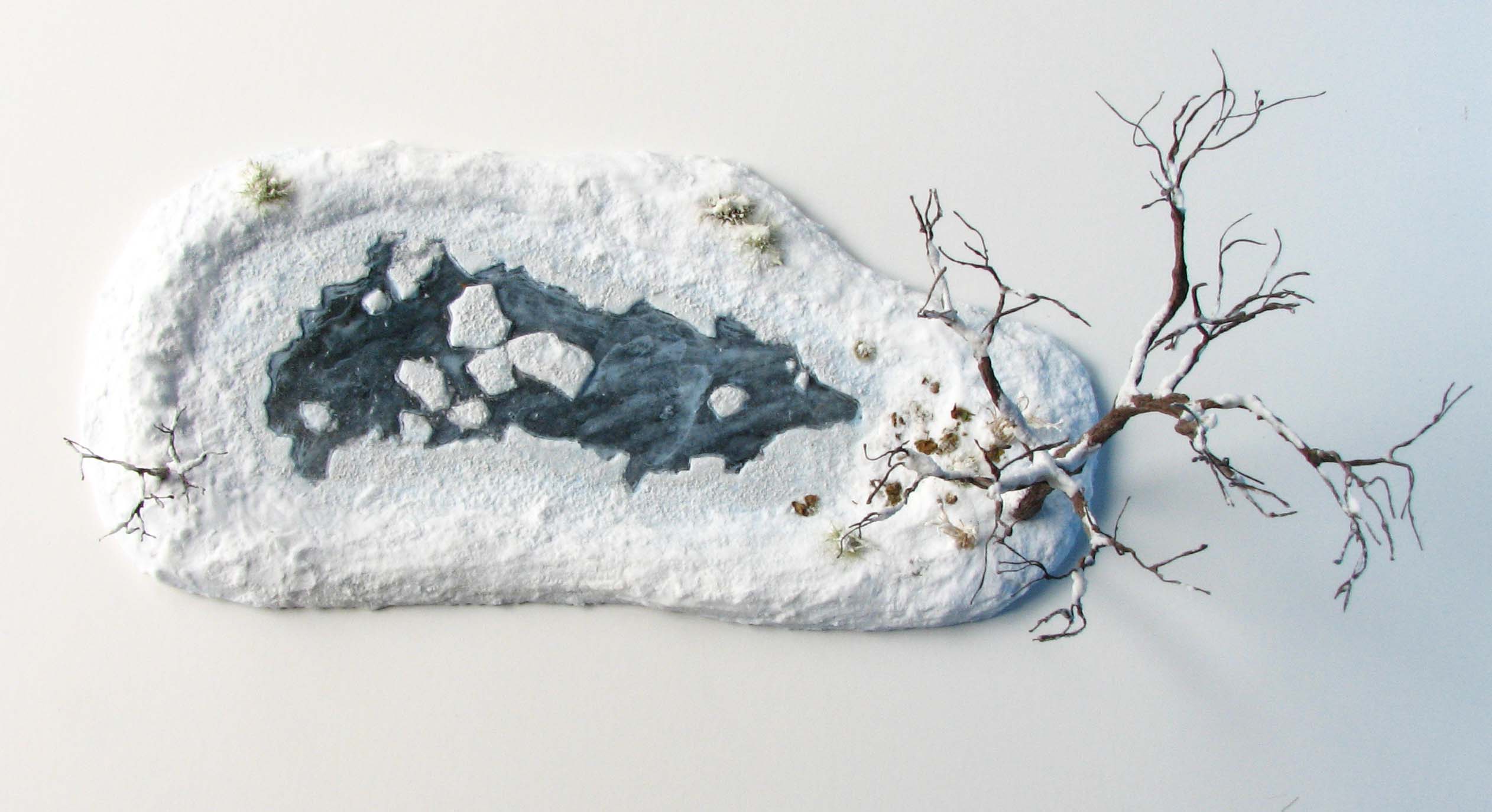
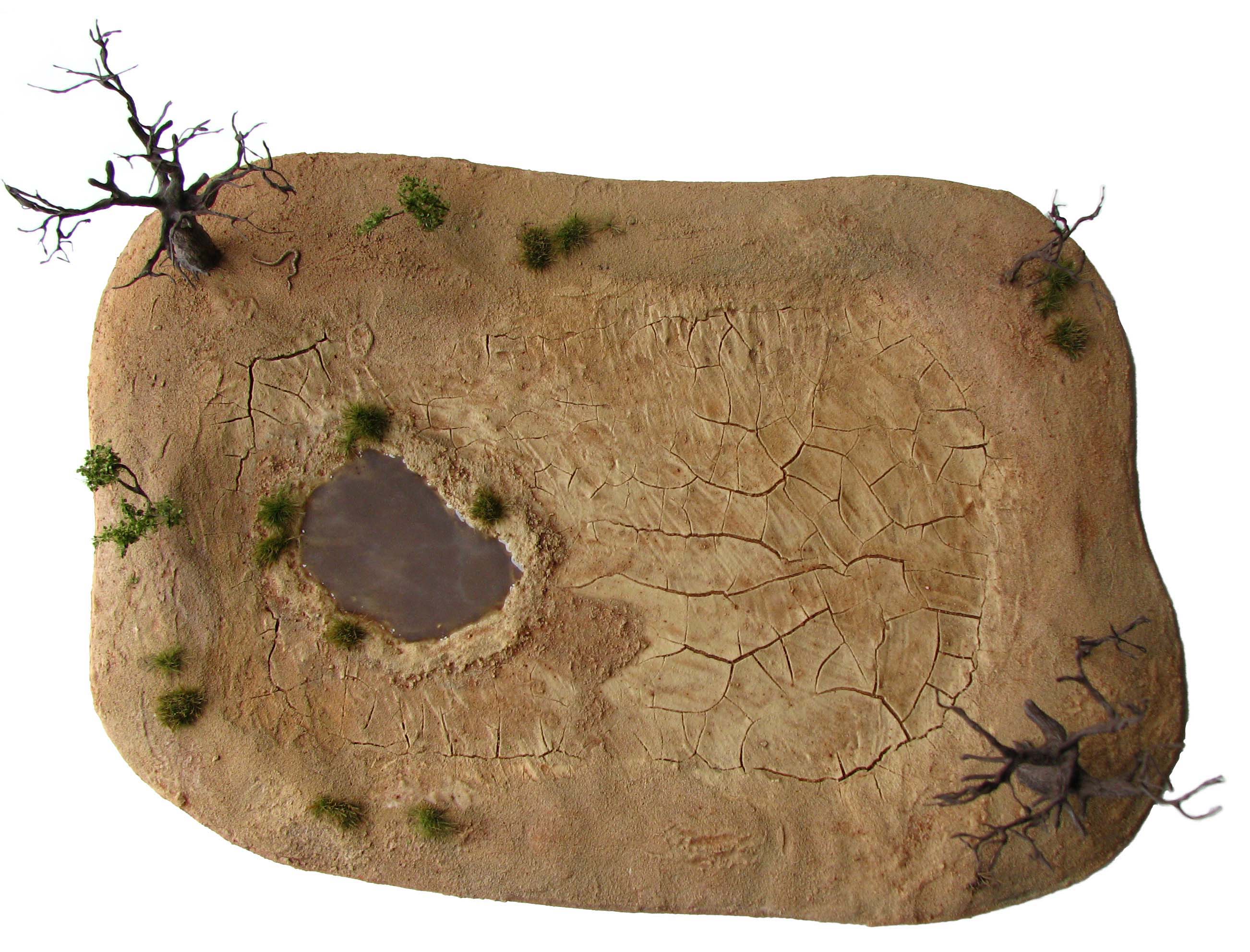
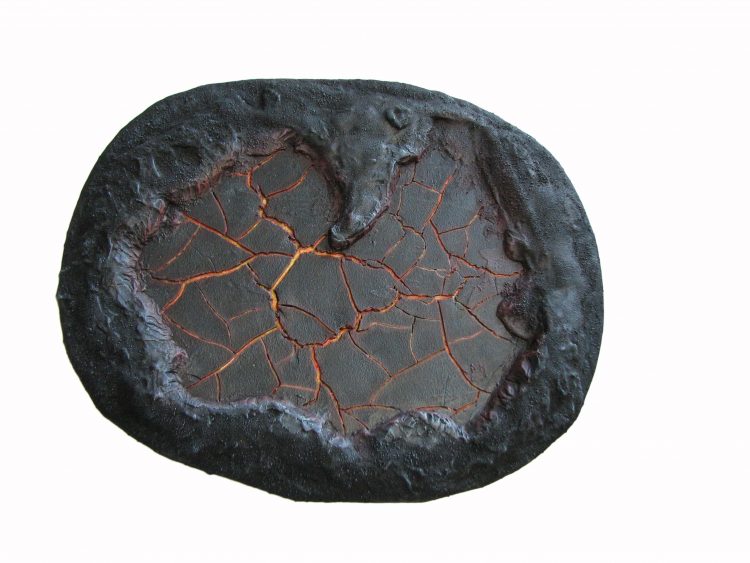
oh I have just remembered something I forgot to ask, do you need to paint underneath where you are going to put the paste after varnishing to seal the MDF so that the cracks are darker, if you get what I mean. I am not articulating what I mean very well.
Hiho. No, not at all. A good basecoat of your ground color and successive washes with a darker tone (light brown to dark brown works well) is enough to bring out the cracks and to add contrast.
You could naturally basecoat the MDF with a dark brown and save some time as it will take a few washes to build up the layers and contrast. That said you have more control that way.
Hello Christopher long time no write, hope everything is well with you. Love this thing you have made especially the dried out lake bed, how did you actually texture it without filling in the cracks in the crackle paste?
Assuming you sprinkle sand and things into the layer of PVA you put on top to strengthen things?
I don’t know if you ever saw the octopus/turtle thing I was making, but I plan to base that in an area much like your lake bed but in a mars type colour scheme instead. It is going to have Warhammer grots in the scene too and the octopus thing has laid eggs in the lake bed and the grots are setting up a little area around it to build a fort to protect them.
You guessed right. I used some very fine soil or pigments to texture it. I only applied some on the sides of the lakebed, when the acrylic medium I applied as a topcoat was still wet. Some migrated further inwards. Merry Christmas by the way and sorry that it took so long to reply.
oh no worries and Merry Christmas to you too, I should have guessed you might texture it in a similar way to your graveyard diorama once the initial ground work is in place that is.
[…] of bold pink, matte black and snowy white that really tickles my dagger holsters. Did you know that baking soda makes excellent snow for miniature model terrain? No? Well, now you do ^_^ […]
Your art is just phenomenal! I am continuously blown away by the quality of your work. Well done sir.
Thank you! Much appreciated indeed. Glad you like the results. Next item on the list is a lava lake. Let’s see how that works out. 🙂
I really like what you’ve managed here. I might have to try something akin to your dried lake bed in the future for my desert table.
Thank you for your comment. I am keen to experiment with other crackle products, too, and see if they provide a better result for the dry lake bed look. For ice and lava the Golden stuff is spot on.
Both turned out really nice using the crackle paste. I also really like the snow effects, something I’ve had problems pulling off convincingly in the past.
Hi Brian, thank you for your comment. Always good to get feedback. What did you use for the snow in your attempts? I really look forward to use some so called microballoons,a s it seems to be the perfect product to depict snow.
I tried a couple of different powders including Woodland Scenics snow but they were all disappointing. I’ll have to look into the microballoons as I’ve never heard of them before.
Have a look at this wikipedia entry:
http://en.wikipedia.org/wiki/Glass_microsphere
Amongst other applications it seems to be used a s a filler to bulk out resin. A marine and yachting shop might have some. Some of the stuff comes in a tan/brown colour, some is off-white. I saw it being named Q-cel (which might be a slightly different product/mix) by West Systems. A 1l bag costs around 11 NZ Dollars, so very cheap in comparison to other snow products.
Aww, such a grumpy old wizard 😉 Well, I guess that’s their prerogative, right? 😀 more OT: are you planning to do a lava terrain piece specifically? I’m sure with how great these pieces are you’d get an awesome result!
I indeed do. Would be an awesome display base for any demonic miniature or even dragon.
Well, it is true that dwarves need to be grumpy, but we all know they have a heart of gold. 😉
Or pies, possibly…
Poor Khael! The little vignettes you made look great. Do you think the paste would hold up well to repeated ‘heavy’ wargaming use?
Thank you arkiegamer. Glad you like the vignettes, can’t stop including those ;). I think the paste with a topcoat of acrylic medium or PVA will hold up to heavy gaming use. I could see with extreme usage it might chip, but then I treat my terrain with care. If you let it drop to the floor it might crack, but I am not willing to try it :P.
Oh, come on-throw your hard work at the floor, and walls, in the interest of science! What kind of reviewer are you?!
I kid, of course.
Good point about the PVA/acrylic medium. That stuff makes anything tough.
Nice review of Golden Crackle. I think dried mud would be its best use for me but your snow/ice looks great as well 🙂
Thank you for your comment! As alwasy much appreciated. I think it could also work very well for lava (my next experiment) and a bigger frozen lake that shows first fissures. The lakebed is alright as long as the cracks are not too big, but I feel something like Kroma Crackle is a better product for this.